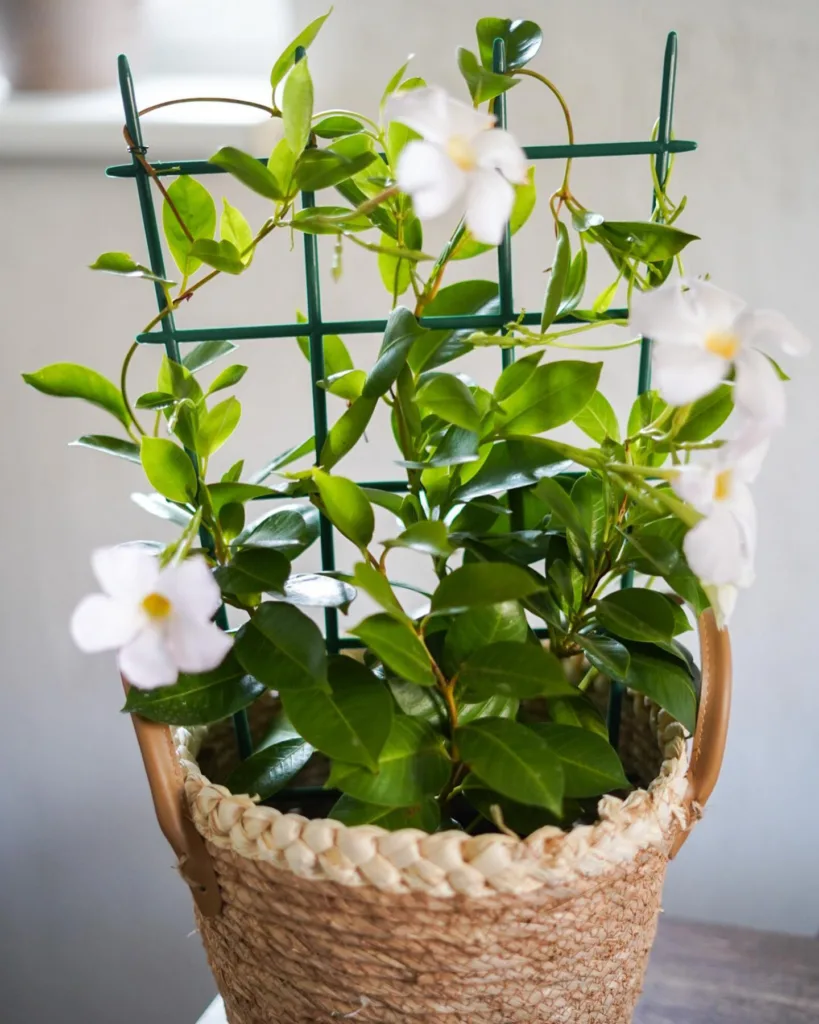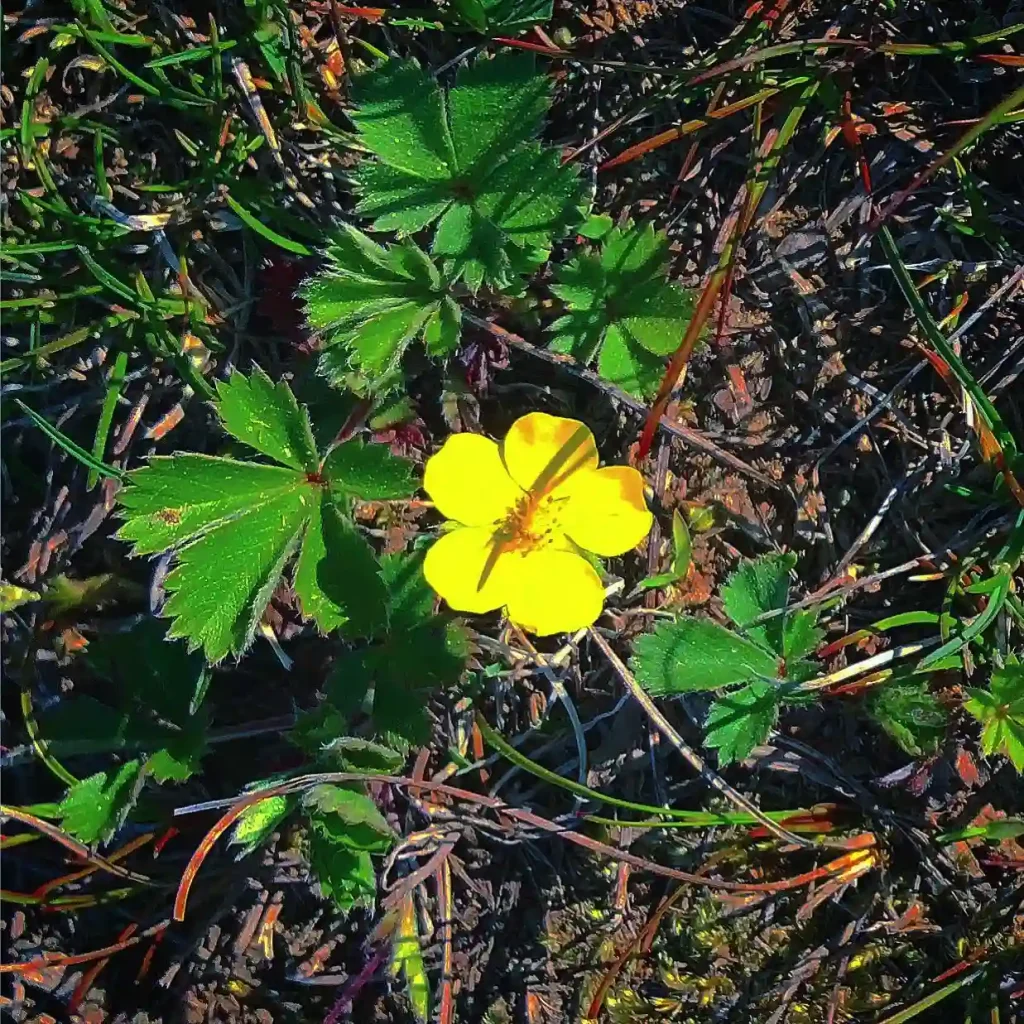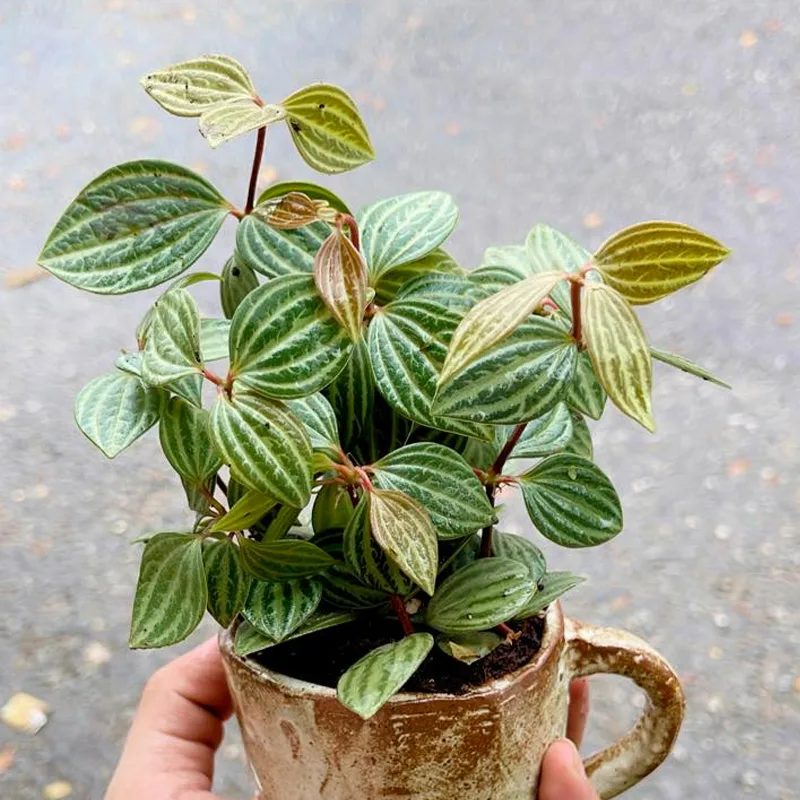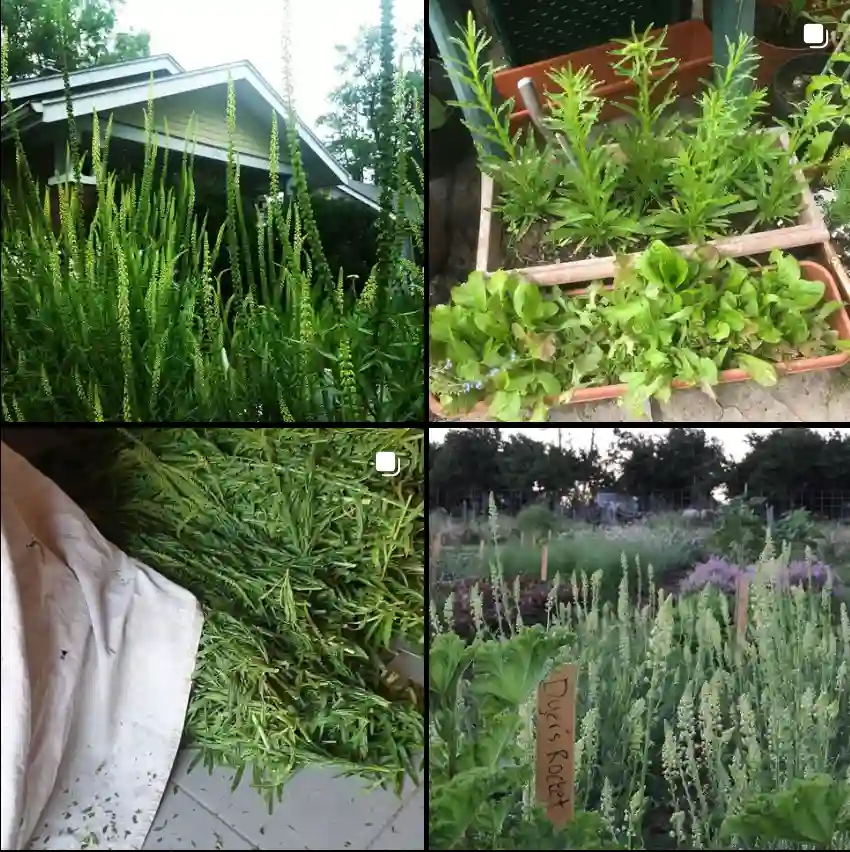Leucaena: A Deep Dive with Ferb Vu
The world of plants is vast and diverse, filled with fascinating species that each play a crucial role in their respective ecosystems. As a plant enthusiast, I’m always eager to learn more about the intricacies of the botanical world. Today, I want to share my fascination with a particular genus of plants that has captured my attention: Leucaena.
Leucaena is a genus of flowering plants belonging to the legume family, Fabaceae. These plants are commonly known as leadtrees and are characterized by their fast growth, feathery foliage, and ability to thrive in warm climates. Native to the Americas, Leucaena species have spread across the globe, becoming naturalized in various tropical and subtropical regions.
Why Leucaena Matters
What intrigues me most about Leucaena is its versatility. These plants are not just aesthetically pleasing; they offer a myriad of uses, making them valuable resources in agriculture, forestry, and even medicine.
One of the most significant benefits of Leucaena is its ability to improve soil fertility. As a legume, Leucaena has a symbiotic relationship with nitrogen-fixing bacteria. These bacteria reside in the plant’s root nodules and convert atmospheric nitrogen into a usable form for plants. This process enriches the soil, making it more fertile for other crops.
Furthermore, Leucaena serves as an excellent source of fodder for livestock. Its leaves and pods are highly nutritious, providing a valuable protein source for animals. In agroforestry systems, Leucaena is often intercropped with other crops, providing shade, reducing soil erosion, and enhancing overall productivity.
Beyond its agricultural applications, Leucaena also plays a role in reforestation efforts. Its fast growth and ability to thrive in degraded lands make it an ideal candidate for restoring degraded ecosystems. Additionally, Leucaena wood is used for various purposes, including fuelwood, timber, and pulpwood.
Exploring the Diversity of Leucaena
The genus Leucaena comprises around 24 species, each with unique characteristics and distribution. Some of the notable species include:
- Leucaena leucocephala: This is perhaps the most well-known species, often referred to as the “miracle tree” due to its multiple uses. It is widely cultivated for fodder, fuelwood, and reforestation.
- Leucaena diversifolia: This species is known for its tolerance to cooler climates and acidic soils. It is often used in agroforestry systems in higher elevation areas.
- Leucaena esculenta: As the name suggests, this species is known for its edible pods. The young pods are consumed as a vegetable in some regions.
- Leucaena retusa: This species is native to Texas and northern Mexico and is characterized by its distinct blue-green foliage. It is often used as an ornamental plant.
- Leucaena collinsii Britton & Rose
- Leucaena confertiflora Zárate
- Leucaena cruziana Britton & Rose
- Leucaena cuspidata Standl.
- Leucaena greggii S.Watson
- Leucaena involucrata Zárate
- Leucaena lanceolata S.Watson
- Leucaena lempirana C.E.Hughes
- Leucaena macrophylla Benth.
- Leucaena magnifica (C.E.Hughes) C.E.Hughes
- Leucaena matudae (Zárate) C.E.Hughes
- Leucaena × mixtec C.E.Hughes & S.A.Harris
- Leucaena multicapitula Schery
- Leucaena pallida Britton & Rose
- Leucaena pueblana Britton & Rose
- Leucaena pulverulenta (Schltdl.) Benth.
- Leucaena salvadorensis Standl. ex Britton & Rose
- Leucaena shannonii Donn.Sm.
- Leucaena × spontanea C.E.Hughes & S.A.Harris
- Leucaena trichandra (Zucc.) Urb.
- Leucaena trichodes (Jacq.) Benth.
- Leucaena zacapana (C.E.Hughes) R.Govind. & C.E.Hughes
The Future of Leucaena
As we move towards a more sustainable future, the importance of versatile and resilient plants like Leucaena cannot be overstated. Its ability to improve soil health, provide fodder, and support reforestation efforts makes it a crucial player in building sustainable agricultural and forestry systems.
Furthermore, ongoing research is exploring the potential of Leucaena in various fields, including bioenergy production and phytoremediation. The plant’s ability to accumulate heavy metals from the soil makes it a potential candidate for cleaning up contaminated sites.
In conclusion, Leucaena is a fascinating genus of plants with immense potential. Its versatility, resilience, and ecological importance make it a valuable resource for both present and future generations. As we continue to explore the diverse world of plants, Leucaena stands out as a shining example of the power of nature to provide solutions to some of the world’s most pressing challenges.
If i die, water my plants!



